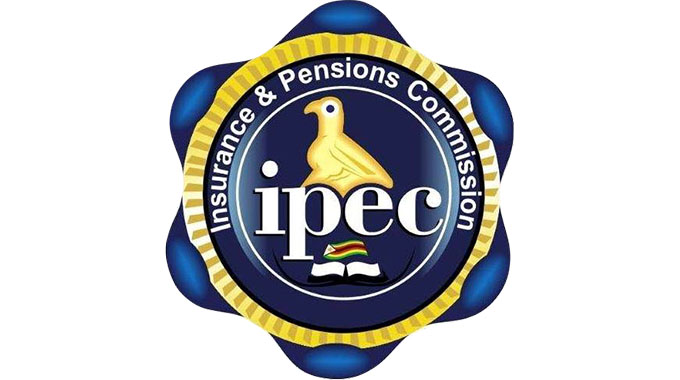Insurance premiums grows 485pc to $12bn

Business Reporter
Zimbabwe’s life assurance industry’s gross premium written (GPW) for the nine months to September 30, 2021 grew by 485 percent to $11,7 billion from $2 billion in the comparative period in 2020.
The Insurance and Pensions Commission (IPEC) said in its quarterly report for the sector that the growth in GPW was mainly attributable to significant premium increases, particularly from funeral assurance and group life assurance business classes in response to general rise in inflation.
“Growth in GPW was above the year on year inflation, which stood at 51,5 percent as at September 30, 2021.
“On an inflation-adjusted basis, the GPW for direct life assurers experienced a growth of 286 percent to $7,7 billion from $2 billion last year during the same period,” read part of the report.
As at the reporting period, the life assurance sector was made up of 12 direct life assurance companies, four composite reinsurance companies and 1 323 agents.
According to the report, the positive inflation-adjusted growth in GPW is also attributable to new business and a higher rate of increase in GPW as compared to the rate of increase in inflation as life companies effected premium reviews in response to inflation developments.
Growth in business from traditional life assurance products improved significantly from the prior period, with growth rates well above the annual inflation rate which stood at 51,5 percent at the end of September 2021.
In terms of business composition, 95,5 percent of the total gross premium written was generated from funeral assurance business, group life assurance business and term life assurance business.
“Funeral assurance policies continue to dominate life assurance product lines because they offer defined benefits in terms of funeral services.
“Traditional life assurance products which include term assurance, endowment policies, pure endowment and the whole life policies, accounted for a small proportion of business generated during the quarter,” Ipec said in the report.
The commission said sector players should continue to be innovative and to review their traditional life assurance products to align them to policyholder expectations in terms of value preservation and relevance, as this is important given the obtaining macroeconomic environment.
“This will also help to reduce policy irrelevance given the legacy issues surrounding the loss of value suffered by policyholders that occurred to pre- 2009 policies,” said Ipec.
In terms of the breakdown of business by source, the life assurance sector’s GPW for the nine months to September 30, 2021 was skewed towards the recurring business which accounted for 96,48 percent of total business written.
“The low GPW generated from new business reflects the prevailing volatile macro-economic environment characterised by high inflation and unstable exchange rate thereby eroding disposable incomes and reducing the uptake of life assurance policies,” said Ipec.
For the period under review, the life assurance sector wrote foreign currency business amounting to US$3,9 million.
In terms of capitalisation, the report shows that all the 11 primary life assurers who submitted their returns reported capital positions that were compliant with the minimum capital requirement of $75 million.
According to IPEC, adequate capitalisation is crucial for resilience and policyholder protection in times of financial distress including high claims experience.
“All players are encouraged to continuously carry out capital self-assessments in line with the provisions of Statutory Instrument 95 of 2017.”
The sector’s total assets in nominal terms grew by 27 percent to $70,09 billion from $55,12 billion reported as at June 30, 2021.
“The increase in the sector’s total assets was mainly a result of the increase in equity values on the Zimbabwe Stock Exchange (fair value adjustments) and an increase in the value of fixed properties on account of property revaluations,” part of the report revealed.
Fixed properties and equities constituted 91,7 percent of the total assets for life assurers. In nominal terms, total profit after tax for life assurers decreased from $45,07 billion for the nine months to September 30, 2020 to $12,81 billion for the current reporting period.








Comments